Nizhny Novgorod or Russian Leipzig on the banks of the Volga
The trade capital of Russia, the city with a million inhabitants, the fifth largest city in the country is Nizhny Novgorod, an old merchant city with fair traditions. It grew and developed thanks to the efforts of merchants who traded on the Oka and the middle Volga. Coincidentally, it was named in honor of Novgorod — the northern merchant city which was part of the Hanseatic League in the Middle Ages. The last three hundred years Nizhny Novgorod is the capital of the Russian private enterprise, the Russian Lyon or Leipzig, the «pocket» and the third capital of Russia.
Отели города Nizhny Novgorod
See all
Restaurants

La Cantinetta da Roberto
Restaurant • Banquet room
+7 831 2108889
Payment methods:

Sehr Gut!
Restaurant • Brewery • Biergarten • Banquet room • Bar • Grill bar
+7 831 4133044
Payment methods:

Villa Crazy Bizon
Restaurant • Karaoke • Bar
+7 831 4301602
Payment methods:

Anglijskoe posolstvo
Restaurant • Banquet room • Pub
+7 831 2107778
Payment methods:
All sights in Nizhny NovgorodSee all
Places of interest in Nizhny Novgorod
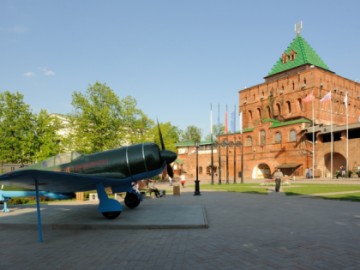
The Nizhny Novgorod Kremlin
Architectural Monuments • Castles, Fortresses and Palaces • Other places
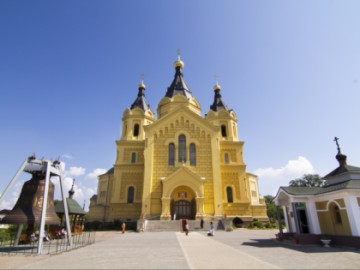
Church of the Holy Prince Alexander Nevsky
Architectural Monuments • Temples and places of worship • Cathedrals and churches • Other places
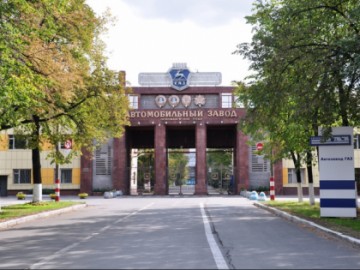
Gorky Communications Equipment Plant History Museum
Museums and Exhibitions • Other places
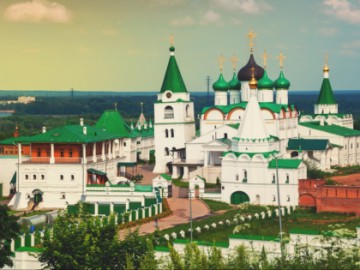
Pechersky Ascension Monastery
Temples and places of worship • Abbeys and Monasteries • Other places

The Michael the Archangel Cathedral
Architectural Monuments • Temples and places of worship • Cathedrals and churches • Other places
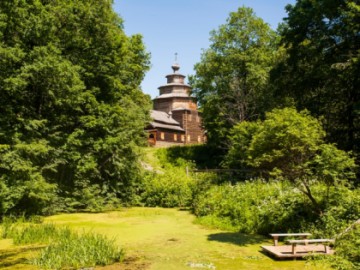
Museum Schelokovsky Hamlet
Museums and Exhibitions • Other places

Bolshaya Pokrovskaya Street
Other places
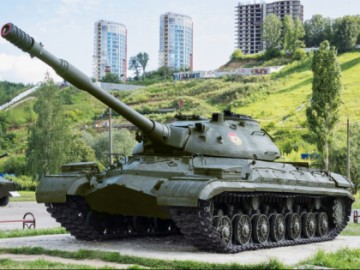
Victory Park
Parks and recreation • Other places
Nearby
Cities near Nizhny Novgorod




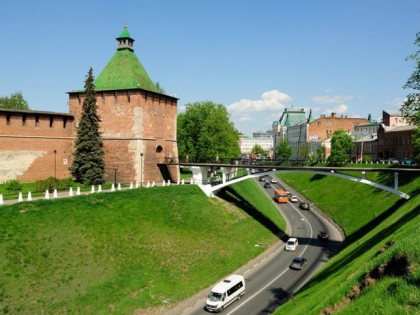



 Castles, Fortresses and Palaces
Castles, Fortresses and Palaces
 Museums and Exhibitions
Museums and Exhibitions
 Parks and recreation
Parks and recreation
 Other places
Other places
 Architectural Monuments
Architectural Monuments
 Temples and places of worship
Temples and places of worship